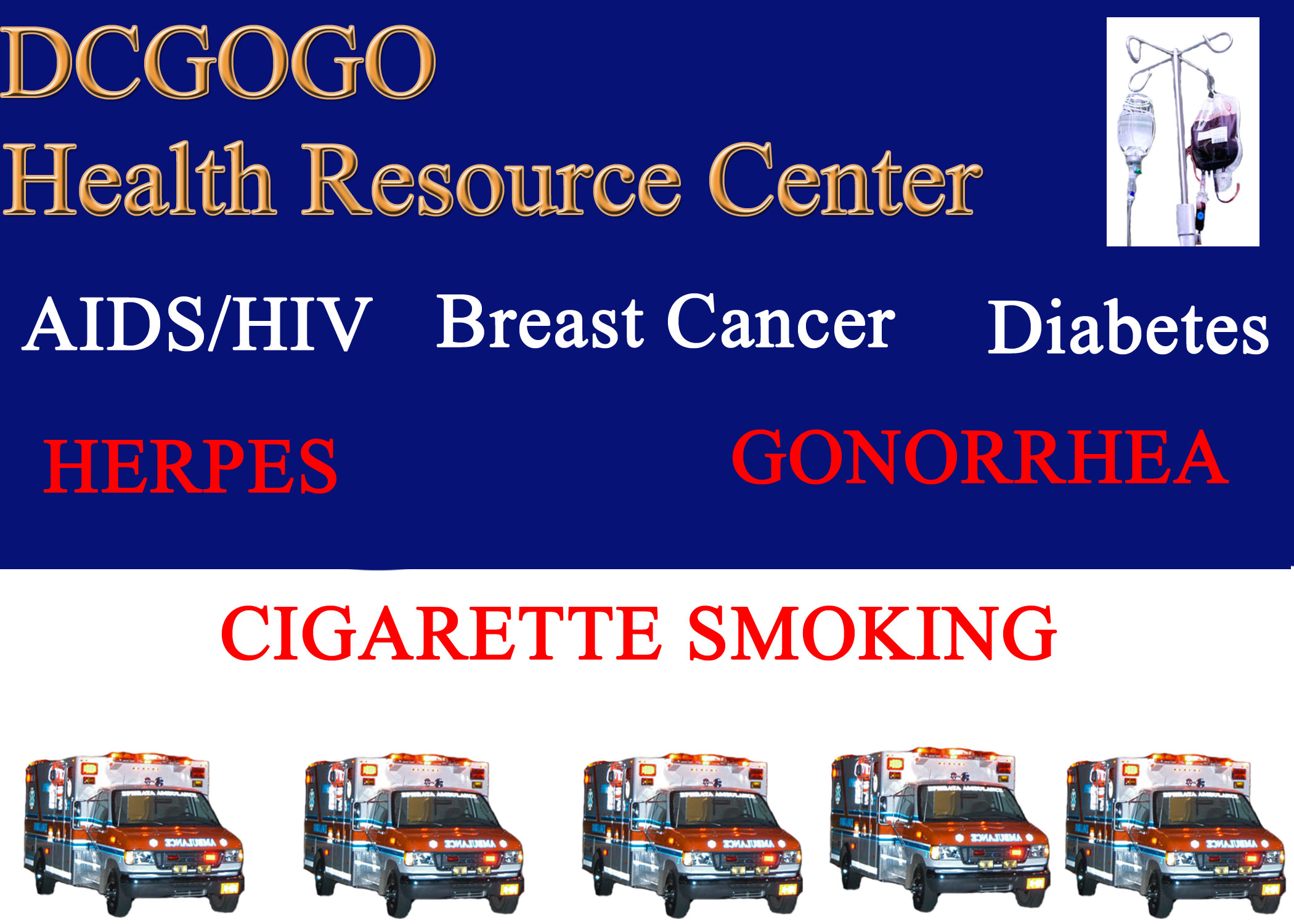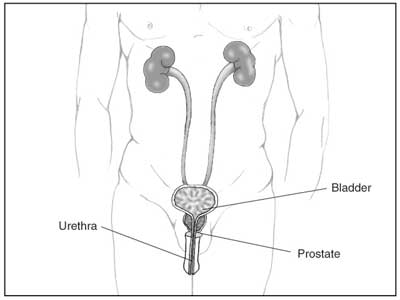Cigarettes and Other Nicotine Products
Nicotine is one of the most heavily used addictive drugs in the United
States. In 2002, 30 percent of the U.S. population 12 and older—71.5 million
people—used tobacco at least once in the month prior to being interviewed. This
figure includes 3.8 million young people age 12 to 17; 14 million people age 18
to 25; and 53.7 million age 26 and older.* Most of them smoked cigarettes.
Cigarette smoking has been the most popular method of taking nicotine since the
beginning of the 20th century. In 1989, the U.S. Surgeon General issued a report
that concluded that cigarettes and other forms of tobacco, such as cigars, pipe
tobacco, and chewing tobacco, are addictive and that nicotine is the drug in
tobacco that causes addiction. The report also determined that smoking was a
major cause of stroke and the third leading cause of death in the United States.
Statistics from the Centers for Disease Control and Prevention indicate that
tobacco use remains the leading preventable cause of death in the United States,
causing more than 440,000 deaths each year and resulting in an annual cost of
more than $75 billion in direct medical costs.
Health Hazards
Nicotine is highly addictive. Nicotine provides an almost immediate “kick”
because it causes a discharge of epinephrine from the adrenal cortex. This
stimulates the central nervous system, and other endocrine glands, which causes
a sudden release of glucose. Stimulation is then followed by depression and
fatigue, leading the abuser to seek more nicotine.
Nicotine is absorbed readily from tobacco smoke in the lungs, and it does not
matter whether the tobacco smoke is from cigarettes, cigars, or pipes. Nicotine
also is absorbed readily when tobacco is chewed. With regular use of tobacco,
levels of nicotine accumulate in the body during the day and persist overnight.
Thus, daily smokers or chewers are exposed to the effects of nicotine for 24
hours each day.
Addiction to nicotine results in withdrawal symptoms when a person tries to stop
smoking. For example, a study found that when chronic smokers were deprived of
cigarettes for 24 hours, they had increased anger, hostility, and aggression,
and loss of social cooperation. Persons suffering from withdrawal also take
longer to regain emotional equilibrium following stress. During periods of
abstinence and/or craving, smokers have shown impairment across a wide range of
psychomotor and cognitive functions, such as language comprehension.
Adolescent smokeless tobacco users are more likely than nonusers to become
cigarette smokers. Behavioral research is beginning to explain how social
influences, such as observing adults or other peers smoking, affect whether
adolescents begin to smoke cigarettes. Research has shown that teens are
generally resistant to anti-smoking messages.
In addition to nicotine, cigarette smoke is primarily composed of a dozen gases
(mainly carbon monoxide) and tar. The tar in a cigarette, which varies from
about 15 mg for a regular cigarette to 7 mg in a low-tar cigarette, exposes the
user to an increased risk of lung cancer, emphysema, and bronchial disorders.
The carbon monoxide in the smoke increases the chance of cardiovascular
diseases. The Environmental Protection Agency has concluded that secondhand
smoke causes lung cancer in adults and greatly increases the risk of respiratory
illnesses in children and sudden infant death.
Promising Research
Research has shown that nicotine, like cocaine, heroin, and marijuana,
increases the level of the neurotransmitter dopamine, which affects the brain
pathways that control reward and pleasure. Scientists now have pinpointed a
particular molecule (the beta 2 (b2) subunit of the nicotine cholinergic
receptor) as a critical component in nicotine addiction. Mice that lack this
subunit fail to self-administer nicotine, implying that without the b2 subunit,
the mice do not experience the positive reinforcing properties of nicotine. This
new finding identifies a potential site for targeting the development of
nicotine addiction medications.
Other new research found that individuals have greater resistance to nicotine
addiction if they have a genetic variant that decreases the function of the
enzyme CYP2A6. The decrease in CYP2A6 slows the breakdown of nicotine and
protects individuals against nicotine addiction. Understanding the role of this
enzyme in nicotine addiction gives a new target for developing more effective
medications to help people stop smoking. Medications might be developed that can
inhibit the function of CYP2A6, thus providing a new approach to preventing and
treating nicotine addiction.
Another study found dramatic changes in the brain’s pleasure circuits during
withdrawal from chronic nicotine use. These changes are comparable in magnitude
and duration to similar changes observed during the withdrawal from other abused
drugs such as cocaine, opiates, amphetamines, and alcohol. Scientists found
significant decreases in the sensitivity of the brains of laboratory rats to
pleasurable stimulation after nicotine administration was abruptly stopped.
These changes lasted several days and may correspond to the anxiety and
depression experienced by humans for several days after quitting smoking “cold
turkey.” The results of this research may help in the development of better
treatments for the withdrawal symptoms that may interfere with individuals’
attempts to quit smoking.
Treatment
Studies have shown that pharmacological treatment combined with behavioral
treatment, including psychological support and skills training to overcome
high-risk situations, results in some of the highest long-term abstinence rates.
Generally, rates of relapse for smoking cessation are highest in the first few
weeks and months and diminish considerably after about 3 months.
Behavioral economic studies find that alternative rewards and reinforcers can
reduce cigarette use. One study found that the greatest reductions in cigarette
use were achieved when smoking cost was increased in combination with the
presence of alternative recreational activities.
Nicotine chewing gum is one medication approved by the Food and Drug
Administration (FDA) for the treatment of nicotine dependence. Nicotine in this
form acts as a nicotine replacement to help smokers quit smoking.
The success rates for smoking cessation treatment with nicotine chewing gum vary
considerably across studies, but evidence suggests that it is a safe means of
facilitating smoking cessation if chewed according to instructions and
restricted to patients who are under medical supervision.
Another approach to smoking cessation is the nicotine transdermal patch, a skin
patch that delivers a relatively constant amount of nicotine to the person
wearing it. A research team at NIDA’s Intramural Research Program studied the
safety, mechanism of action, and abuse liability of the patch that was
consequently approved by FDA. Both nicotine gum and the nicotine patch, as well
as other nicotine replacements such as sprays and inhalers, are used to help
people fully quit smoking by reducing withdrawal symptoms and preventing relapse
while undergoing behavioral treatment.
Another tool in treating nicotine addiction is a medication that goes by the
trade name Zyban. This is not a nicotine replacement, as are the gum and patch.
Rather, this works on other areas of the brain, and its effectiveness is in
helping to make controllable nicotine craving or thoughts about cigarette use in
people trying to quit.
|




